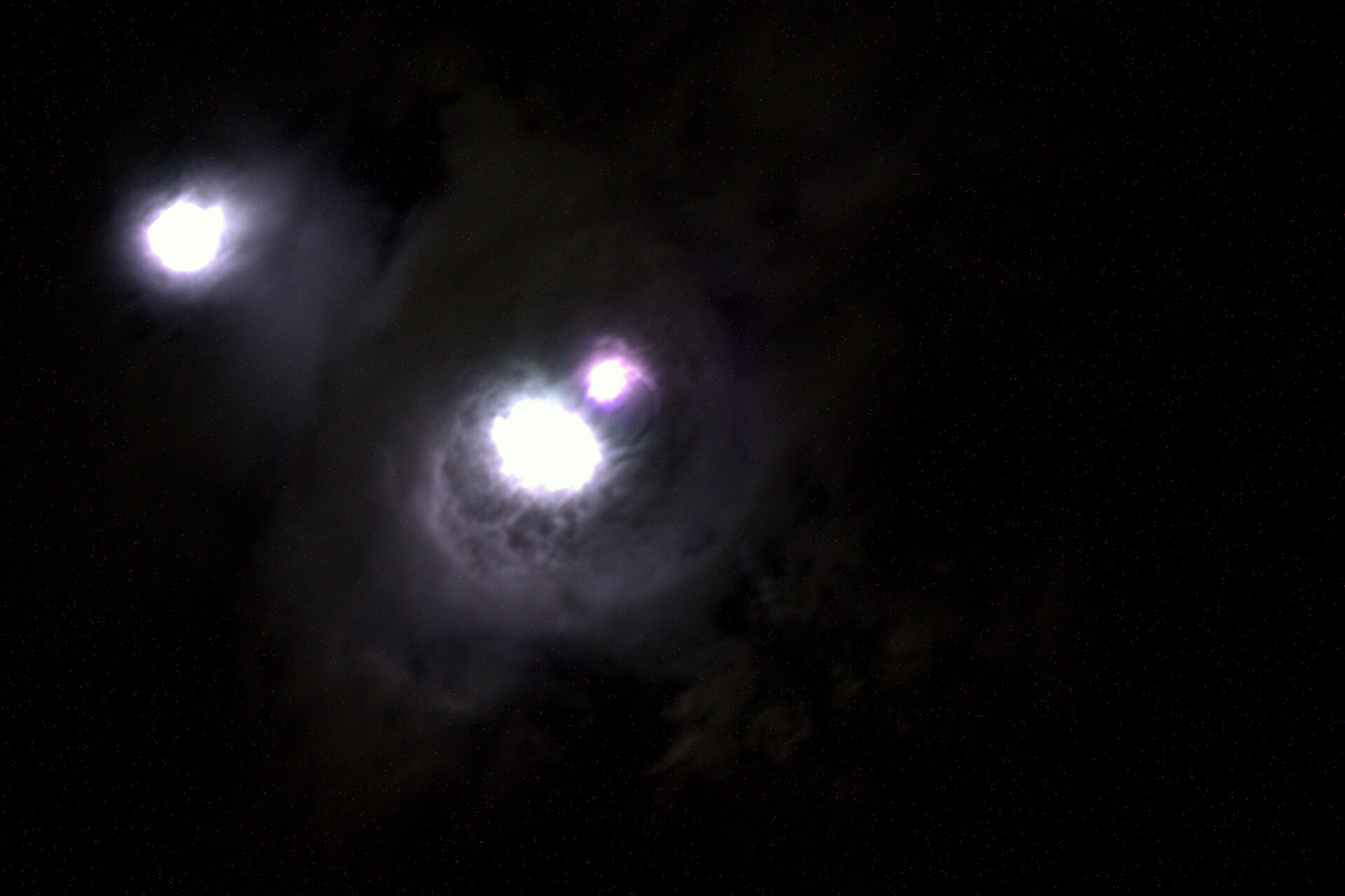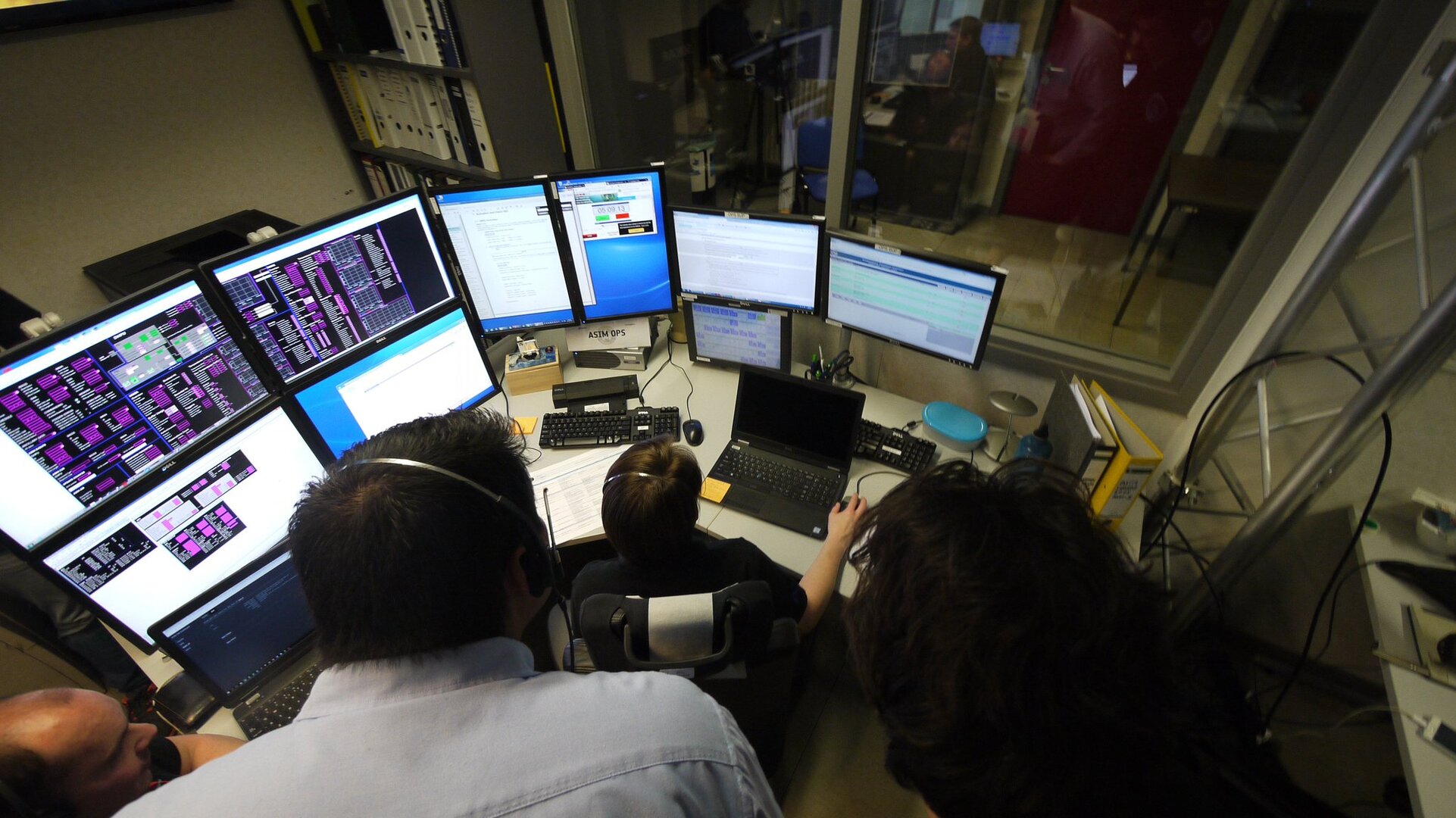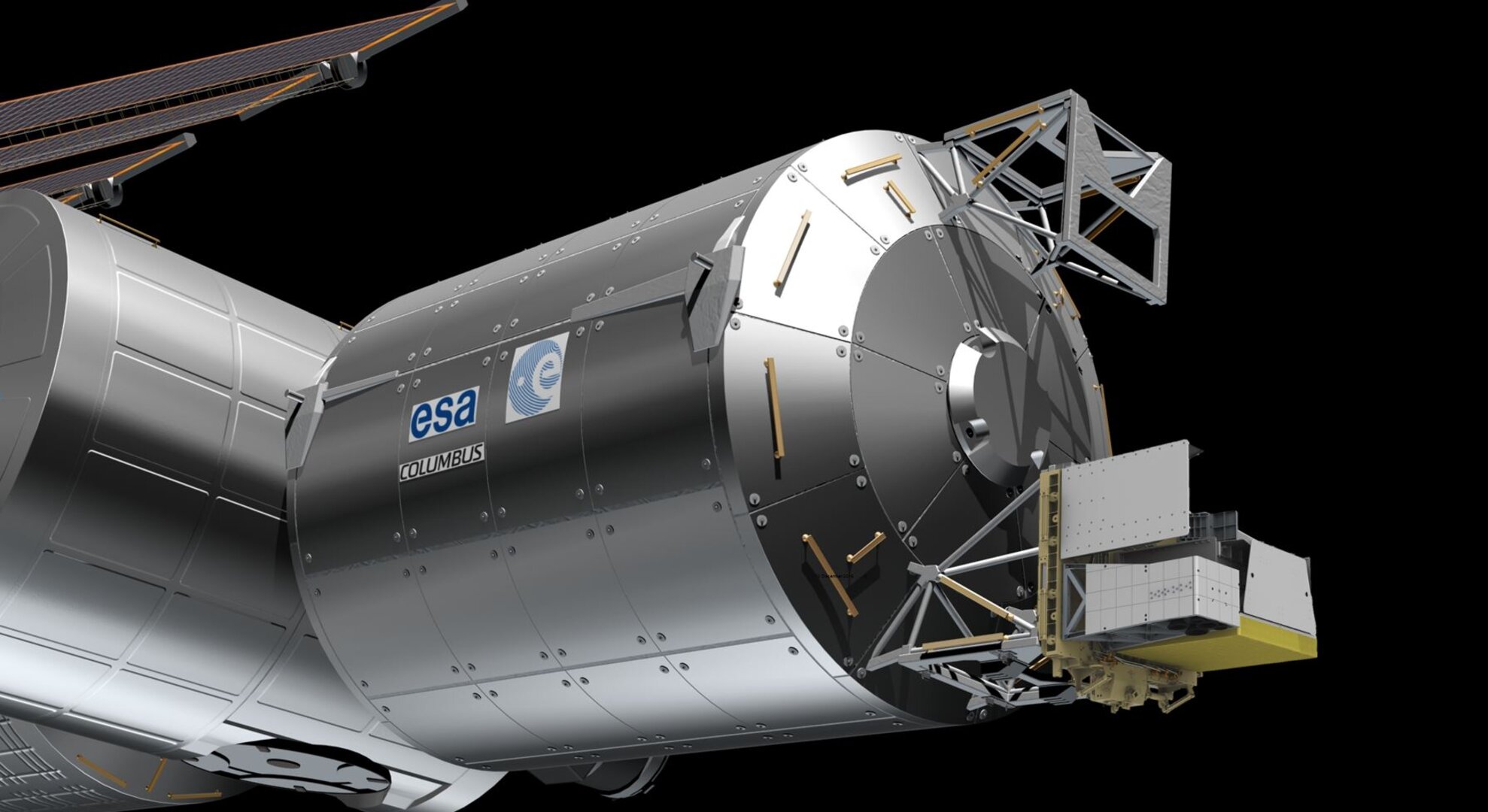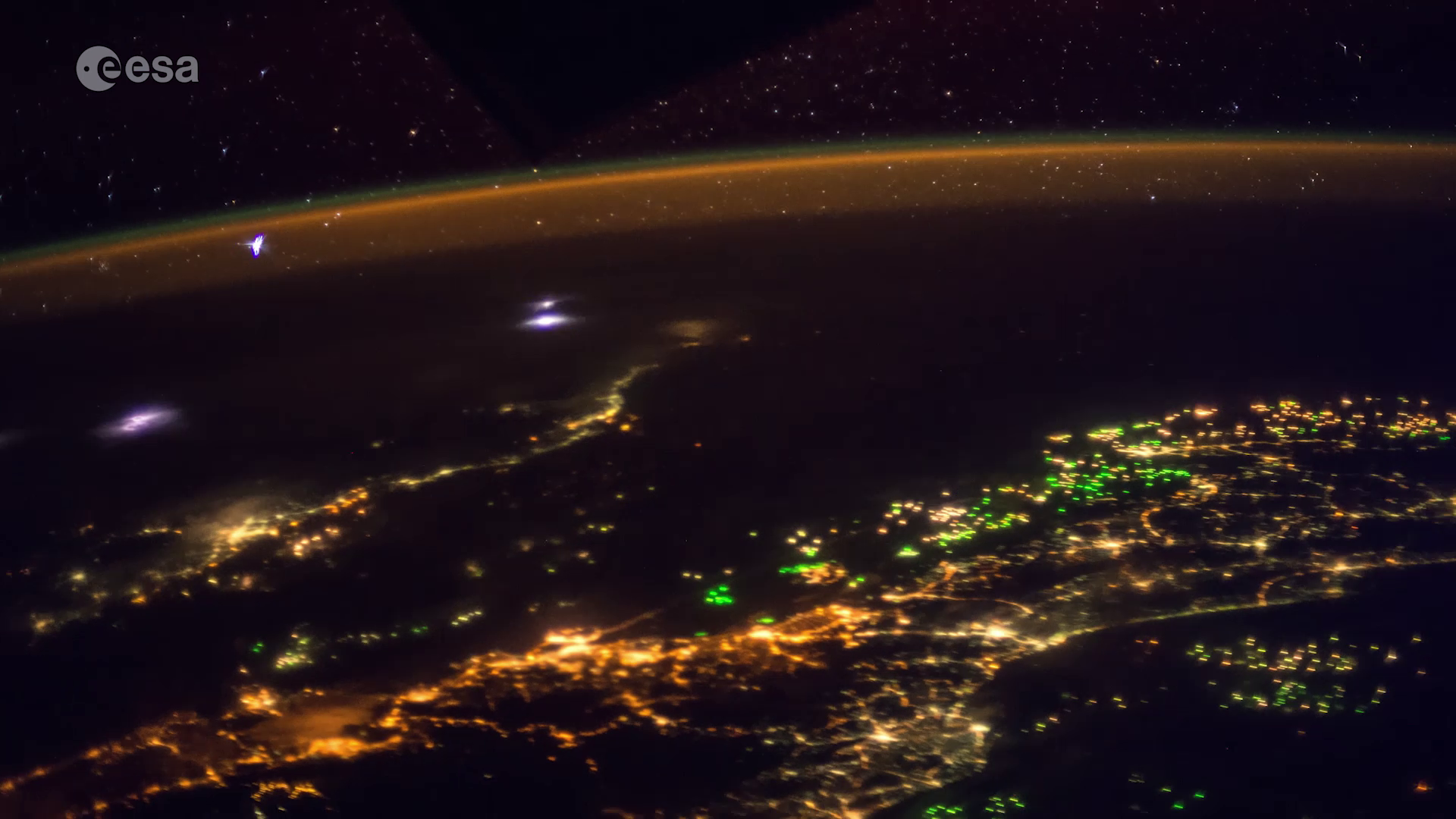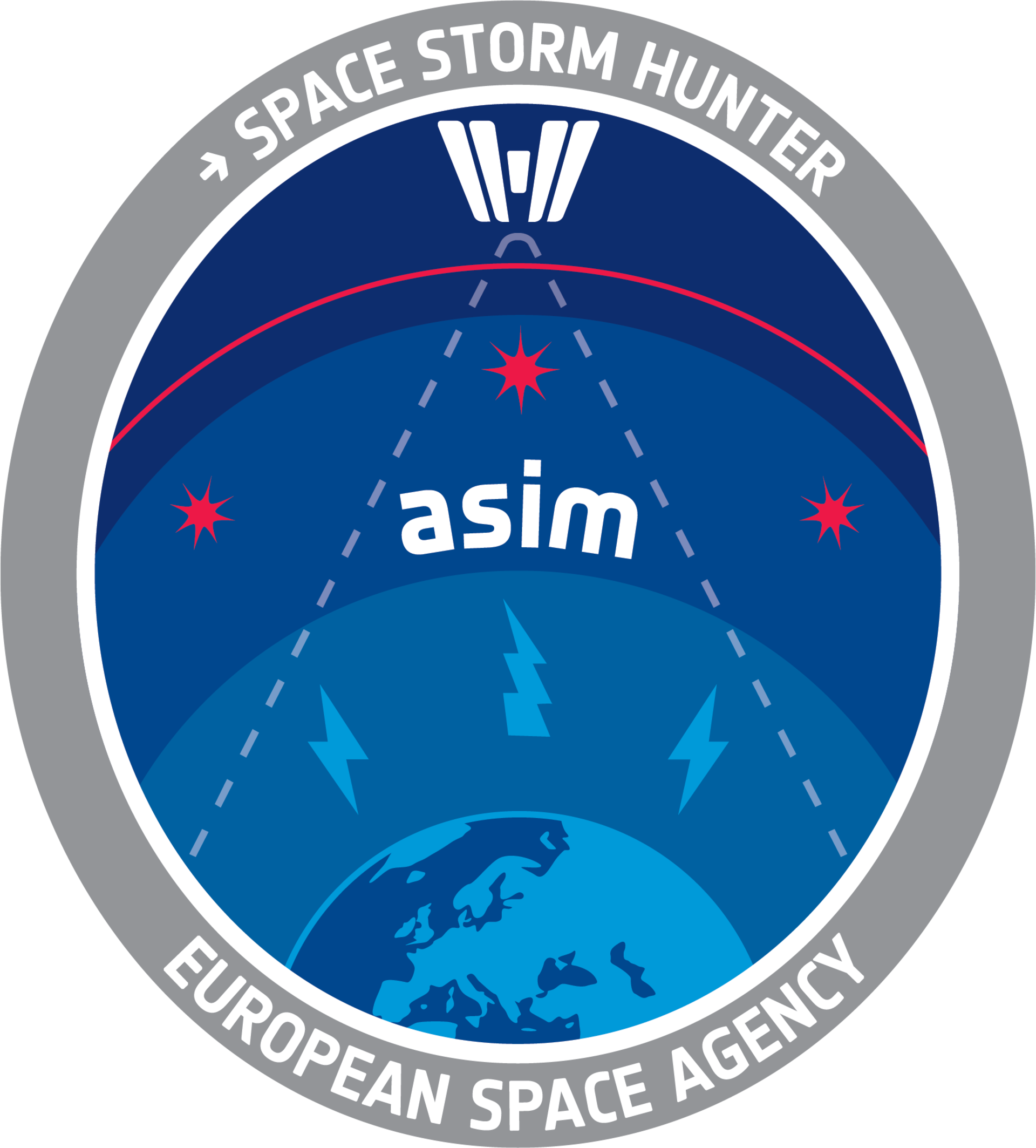Secret life above thunderstorms uncovered
The space-borne storm-hunter on Europe’s Columbus laboratory is continuously monitoring thunderstorms as it flies 400 km overhead on the International Space Station.

Pilots reported seeing shows of light in the upper atmosphere and scientists coined names such as red sprites, blue jets and elves. Now the Atmosphere–Space Interactions Monitor, or ASIM, is revealing details on the elusive events that occur when lightning strikes Earth and extends upward into space.
“ASIM is working beyond expectations and the results coming in are fascinating,” says Torsten Neubert, lead scientist for ASIM, “we have so many new insights into lightning from the cloud tops which appear more common than we thought and which may influence Earth’s climate.”
World-view of terrestrial gamma rays
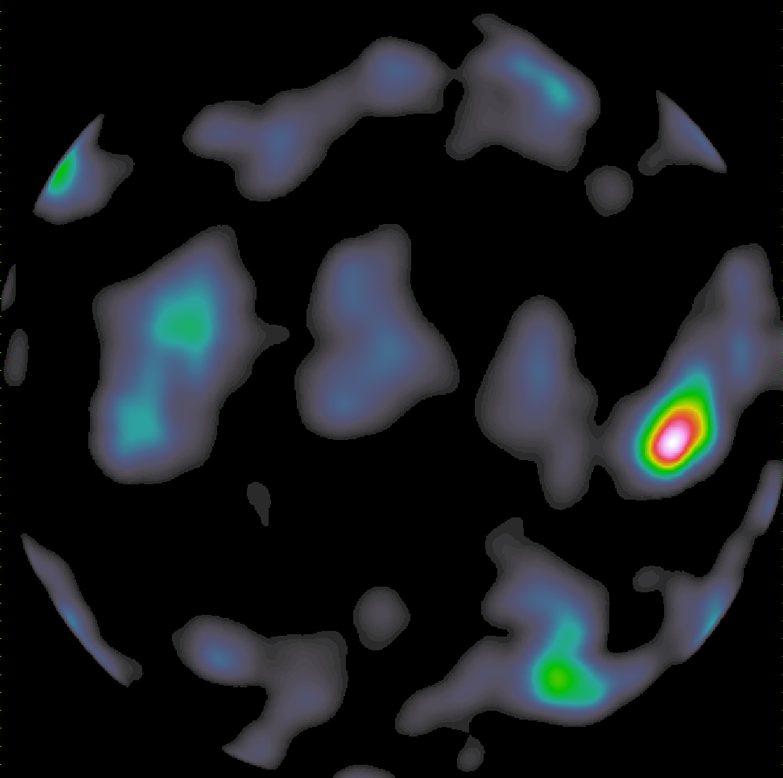
Terrestrial gamma-ray flashes are high-energy discharges of photons that propagate out into space. Scientists knew they existed because they were detected by astronomy spacecraft, but the ‘MXGS’ instrument on ASIM is looking down at Earth from the International Space Station and scans the globe to pinpoint where the gamma-rays are coming from, the first high-energy instrument to generate images of our planet in gamma rays.
“Terrestrial gamma-ray flashes are like having a huge particle accelerator just above our head” says Nikolai Østgaard from the University of Bergen in Norway, “we need to know more about the phenomenon.”
The ASIM team published the first image of the Earth in gamma rays ever made earlier this year and during the first ten months in operation 217 flashes have been recorded, ASIM has pinpointed their location of origin for nearly 30 flashes.
More eyes

As ASIM has a better detection capability for terrestrial gamma-ray flashes it is revealing more details than ever before, as well as showing where they originate. Scientists can then pool data from other spacecraft and ground-based weather stations to complete the overview.
One storm near Melbourne, Australia, revealed a wealth of information as data from ground-based stations on wind speeds, temperatures, gamma-ray intensity as well as optical pictures can be compared.
Flashing elves
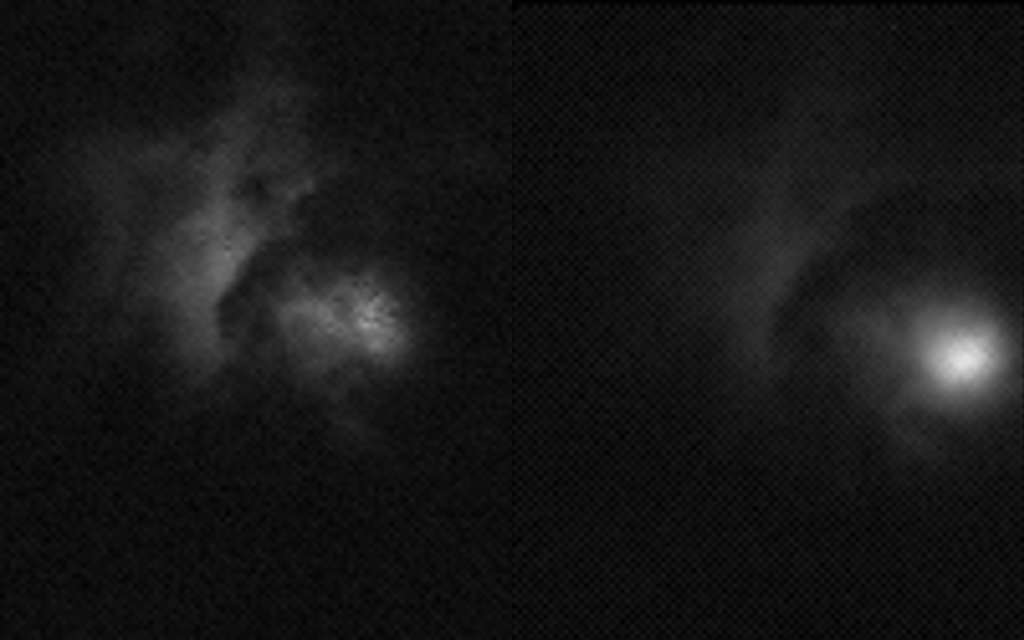
The space-based storm hunter has another suite of instruments that scan our world looking for optical events in the upper atmosphere such as elves, the result of electromagnetic waves from lightning strikes that expand upward and hit the ionosphere and make rings of light. The ‘MMIA’ instruments continuously take 720 pictures of our planet a minute and store the interesting blips of activity above thunderstorms for analysis.
ASIM detected 15 elves that occurred over thunderstorms that also created terrestrial gamma-ray flashes. Could the phenomena be related?
Looking and seeing – blink and you will miss it
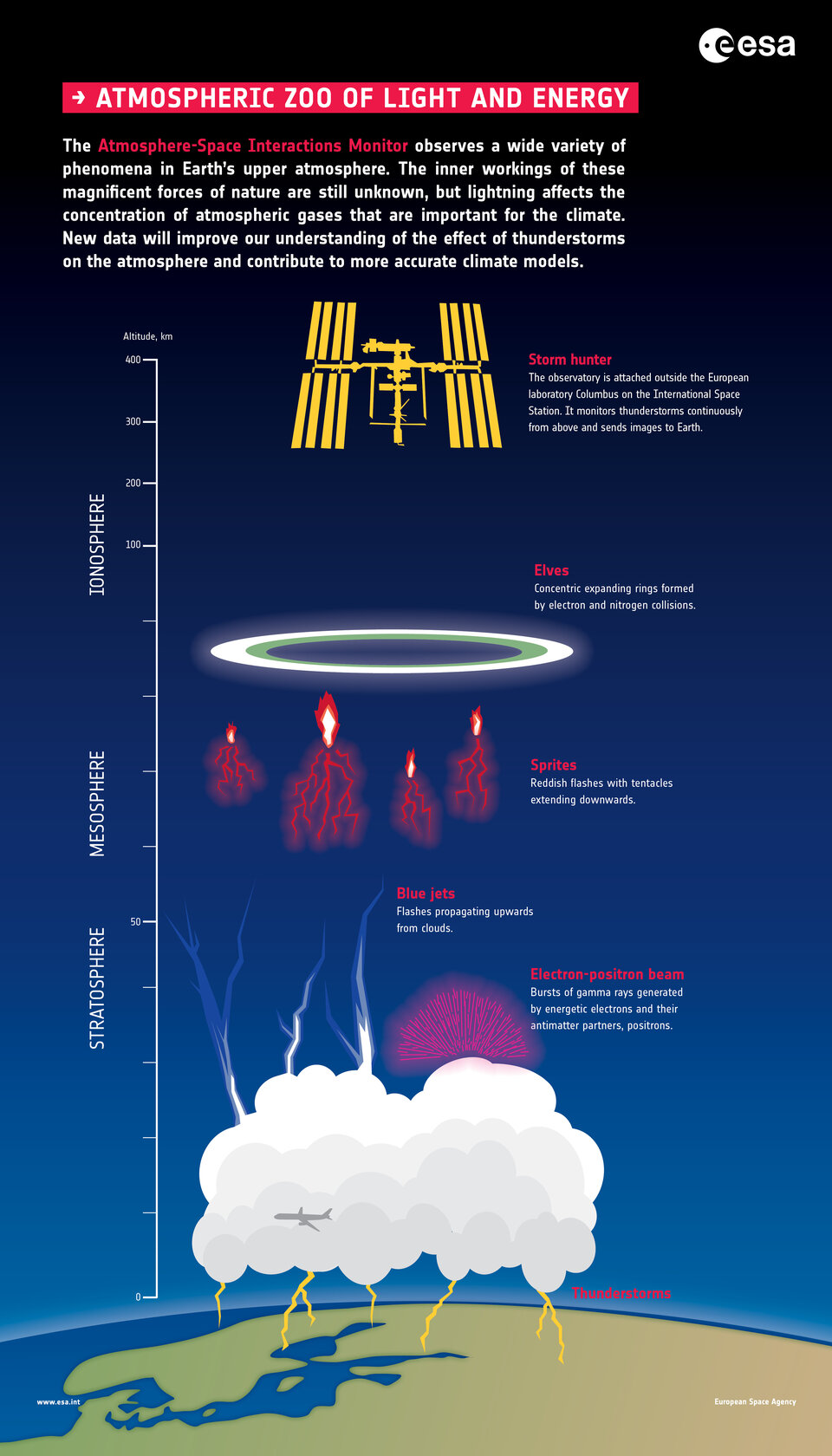
As ASIM monitors gamma rays and has optical detectors with extremely high frequency – 100 000 times per second – the two suites of instruments are revealing surprising information about the sequence of events.
“Almost 100 thunderstorms have been analysed where terrestrial gamma-rays occurred” says Torsten, “and it seems that gamma-ray explosions are created before lightning strikes.”
“We vaguely knew these things were happening just as you know a light has been switched on even when you have your eyes closed,” says Victor Reglero of the University of Valencia, “with ASIM we are opening our eyes and can actually see where and how the events are occurring.”
“For years not so much progress was being made in understanding terrestrial gamma-ray flashes, little new information was being gathered,” adds Nikolai, “ASIM is delivering fresh data and that is why the scientific community is so excited – this is a real game changer”
The data ASIM is generating are now available for download and can be consulted at the ASIM Science Data Center website, and a paper was published yesterday in Science magazine.


